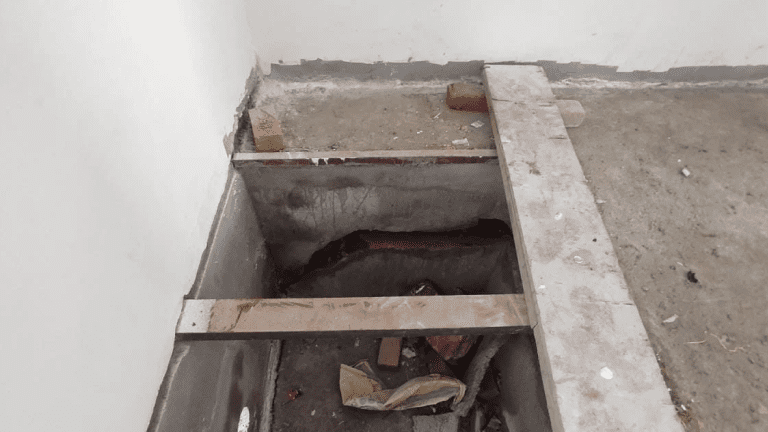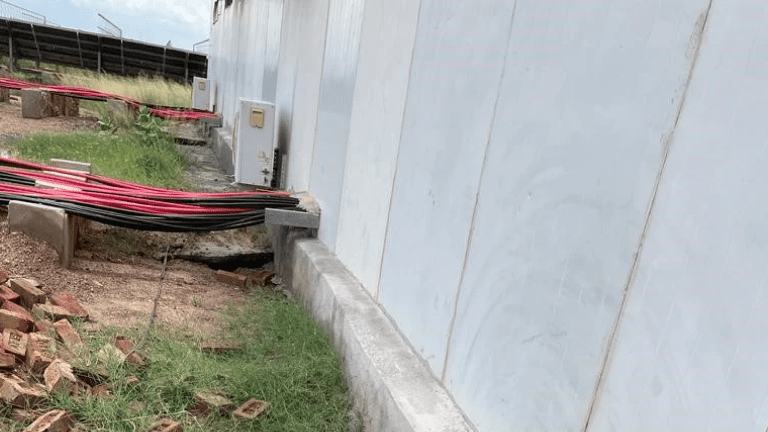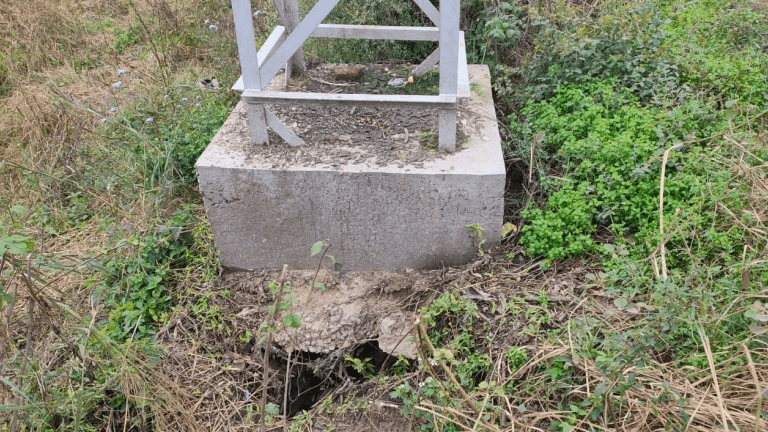There has been an increase in the number of projects being built worldwide in renewable energy sector. As the projected dates for commercial operations are pushed back by the project stakeholders, there is an increasing need to make speedy progress. The industry has been witnessing ground-breaking construction methods that have significantly decreased construction time by implementing new work methodologies, different raw materials, and advanced planning. With this surge, EPC contractors are implementing a variety of designs to swiftly navigate the construction process.
With this increase, there has also been a sharp rise in the practice of rushing through the steps necessary to produce the desired outcomes. This has resulted in subpar standalone infrastructure being built, as well as associated infrastructure that has required reworks or occasionally has had plant equipment installed on it affected.
Construction of the plant is currently taking place on recently chosen land profiles, which are quite uneven and undulating, necessitating either erecting the infrastructure on raised ground or on a backfilled area. Before beginning any building on top of the backfilled soil, it is crucial to stabilise the soil adequately and conduct appropriate tests at the locations where the backfilled soil is employed. Since layer wise backfilling is a labour-intensive and time-consuming, the industry has not been strict about backfilling process, that makes infrastructure vulnerable to settlements.
During their routine visits to building sites around the world, SgurrEnergy has seen a number of such instances and has urged project proponents to use an organised technique to ensure the stability and endurance of the infrastructure developed.
Importance of layer wise backfilling and compaction test of soil for the plant infrastructure
Settlement observed in the cable trench walls of the Main control room

The planned mounting of medium voltage panel may become unstable as a result of the settling, and it may unintentionally increase pressure on the contact points of cable terminations and the busbar system, which could increase temperature at cable termination points and cause flashovers.
Settlement observed under the plinth protection

Damage to the plinth protection makes the inverter station susceptible to water infiltration inside the cable trench thereby increasing the likelihood of cable insulation failures and unintentional circuit tripping.
Settlement observed near the foundation of transmission line

Caving in the soil close to the foundation can cause instability in the transmission lines foundation, which can tilt or settle the foundation and cause the transmission line conductor to snap as a result of increasing strain on the conductors, resulting in power outages.
In order to ensure the built-in quality of the infrastructure test over the course of the project lifecycle by minimising the downtime of the built-in plant, SgurrEnergy deploys their experienced project management team at project site during construction of large-scale renewable energy projects around the world. This team continuously monitors and consults for the construction methodologies, steps involved in construction, and effective implementation of testing procedure for developing sustainable plant infrastructure.
